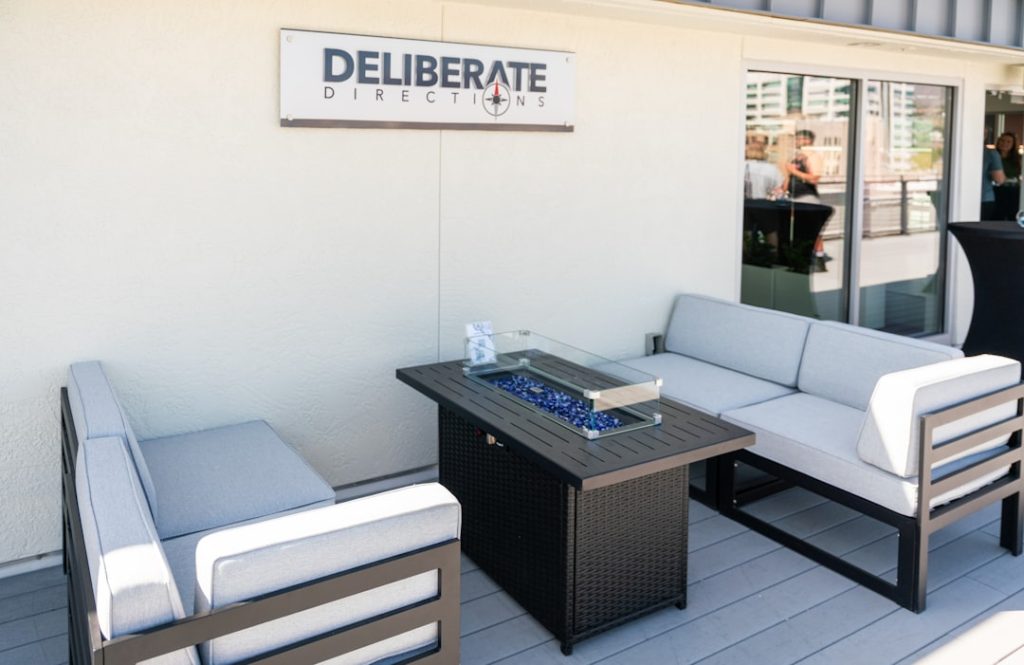Selecting a roofing company is a critical decision that can significantly impact the longevity and performance of your roof. The first step in this process is to conduct thorough research. Start by seeking recommendations from friends, family, or neighbors who have recently had roofing work done.
Their firsthand experiences can provide valuable insights into the reliability and quality of various contractors. Additionally, online reviews and ratings on platforms like Google, Yelp, or Angie’s List can help you gauge the reputation of potential companies. Look for contractors with a strong track record of customer satisfaction and a portfolio of completed projects that align with your needs.
Once you have a shortlist of potential roofing companies, it’s essential to verify their credentials. Ensure that they are licensed and insured, as this protects you from liability in case of accidents during the roofing project. A reputable roofing company should also have workers’ compensation insurance to cover any injuries that may occur on the job site.
Furthermore, check if they are affiliated with any professional organizations, such as the National Roofing Contractors Association (NRCA), which can indicate a commitment to industry standards and ongoing education. By taking these steps, you can narrow down your options to companies that not only meet legal requirements but also demonstrate professionalism and expertise.
Key Takeaways
- Choose a roofing company with a good reputation, proper licensing, and insurance coverage
- Understand the roofing process including inspection, estimation, and installation
- Quality materials are crucial for the longevity and durability of your roof
- Effective communication with the roofing company is essential for a successful project
- Safety standards should be maintained throughout the roofing process for the protection of workers and residents
Understanding the Roofing Process
The roofing process can seem daunting, especially for homeowners who are unfamiliar with the intricacies involved. It typically begins with an initial consultation where the roofing contractor assesses the current condition of your roof and discusses your specific needs and preferences. This assessment may include a detailed inspection of the roof’s structure, materials, and any existing damage.
Based on this evaluation, the contractor will provide recommendations and a detailed estimate outlining the scope of work, materials needed, and associated costs. Once you agree to the terms, the actual roofing work commences. This phase often involves removing old roofing materials, repairing any underlying damage, and installing new materials.
Depending on the type of roofing system chosen—be it asphalt shingles, metal roofing, or tile—the installation techniques will vary. For instance, asphalt shingles are typically laid in overlapping rows, while metal roofing may require specific fastening techniques to ensure durability against wind and weather. Throughout this process, it’s crucial to maintain open lines of communication with your contractor to address any concerns or changes that may arise.
Importance of Quality Materials

The choice of materials used in roofing is paramount to the overall performance and lifespan of your roof. High-quality materials not only enhance the aesthetic appeal of your home but also provide better protection against environmental elements such as rain, snow, wind, and UV rays. For example, asphalt shingles are popular due to their affordability and ease of installation; however, premium options like architectural shingles offer enhanced durability and a longer lifespan.
On the other hand, metal roofing systems are known for their longevity and energy efficiency but come at a higher initial cost. Investing in quality materials can lead to significant long-term savings. Cheaper materials may save money upfront but often result in more frequent repairs or replacements down the line.
For instance, low-grade shingles may deteriorate faster under harsh weather conditions, leading to leaks and structural damage that could require costly repairs. Additionally, many high-quality materials come with extended warranties that provide peace of mind regarding their performance over time. Therefore, when selecting materials for your roofing project, consider not only the initial cost but also the long-term benefits associated with durability and maintenance.
Communication with the Roofing Company
| Communication with the Roofing Company | Metrics |
|---|---|
| Response Time | 24 hours |
| Methods of Communication | Email, Phone |
| Availability | Monday – Friday, 9am – 5pm |
| Customer Satisfaction | 90% |
Effective communication with your roofing company is essential throughout the entire roofing process. From the initial consultation to project completion, maintaining an open dialogue ensures that both parties are aligned on expectations and timelines. It is advisable to establish a primary point of contact within the company who can provide updates and address any questions or concerns you may have.
This can help streamline communication and prevent misunderstandings that could lead to delays or dissatisfaction with the final outcome. Moreover, clear communication extends beyond just discussing project details; it also involves setting realistic timelines and understanding potential challenges that may arise during installation. Weather conditions, supply chain issues, or unexpected structural problems can all impact project timelines.
A reputable contractor will keep you informed about any changes to the schedule and work collaboratively with you to find solutions. By fostering a transparent relationship with your roofing company, you can ensure a smoother process and a more satisfactory end result.
Maintaining Safety Standards
Safety should be a top priority during any roofing project, both for the workers involved and for homeowners in the vicinity. Roofing work often involves heights and heavy materials, making it inherently risky. Therefore, it is crucial that your chosen roofing company adheres to strict safety standards and regulations.
This includes providing proper training for their workers on safe practices and ensuring they use appropriate safety gear such as harnesses, helmets, and non-slip footwear. In addition to worker safety, it’s important to consider the safety of your property and surrounding areas during the roofing process. A professional roofing company will take measures to protect your landscaping, outdoor furniture, and other structures from potential damage caused by falling debris or equipment.
They should also implement safety barriers or signage to keep pedestrians away from the work area. By prioritizing safety standards, both for workers and your property, you can minimize risks associated with roofing projects.
Ensuring Proper Installation

Proper installation is critical to ensuring that your roof performs effectively over its intended lifespan. Even high-quality materials can fail prematurely if not installed correctly. This is why hiring an experienced roofing contractor is essential; they should have a proven track record of successful installations that comply with local building codes and manufacturer specifications.
During installation, attention to detail is paramount—this includes ensuring proper alignment of shingles or panels, adequate sealing around vents and chimneys, and correct flashing installation to prevent leaks. Moreover, it’s beneficial to schedule periodic inspections during the installation process. This allows you to verify that work is being carried out according to agreed-upon standards before it is covered up by subsequent layers of material.
A reputable contractor will welcome this oversight and be willing to address any concerns you may have during installation. By ensuring proper installation practices are followed, you can significantly enhance your roof’s durability and performance.
Warranty and Insurance Coverage
Understanding warranty options and insurance coverage is an essential aspect of any roofing project. Most reputable roofing companies offer warranties on both labor and materials; however, these warranties can vary significantly in terms of duration and coverage specifics. It’s crucial to read the fine print carefully to understand what is included in the warranty and what conditions may void it.
For instance, some warranties may only cover defects in materials but not issues arising from improper installation or lack of maintenance. In addition to warranties provided by the contractor or manufacturer, homeowners should also consider their own insurance coverage related to roofing work. Homeowners’ insurance policies often cover damage caused by severe weather events or accidents; however, it’s important to review your policy details to understand what is covered in relation to roof repairs or replacements.
In some cases, filing a claim may be necessary if significant damage occurs during or after installation. By being informed about warranty options and insurance coverage, you can protect yourself from unexpected costs associated with roofing projects.
Regular Maintenance and Inspections
Once your new roof is installed, regular maintenance becomes vital for preserving its integrity and extending its lifespan. Routine inspections can help identify potential issues before they escalate into costly repairs. It’s advisable to schedule professional inspections at least once a year or after severe weather events such as heavy storms or hail.
During these inspections, a qualified contractor will assess the condition of your roof, checking for signs of wear such as missing shingles, rusted flashing, or damaged gutters. In addition to professional inspections, homeowners should also perform regular visual checks themselves. Look for any visible signs of damage from the ground level—this includes sagging areas or discoloration that could indicate leaks or moisture buildup.
Keeping gutters clean and free from debris is another essential maintenance task that helps prevent water pooling on the roof surface. By committing to regular maintenance and inspections, you can ensure that your roof remains in optimal condition for years to come while avoiding unexpected repair costs down the line.



